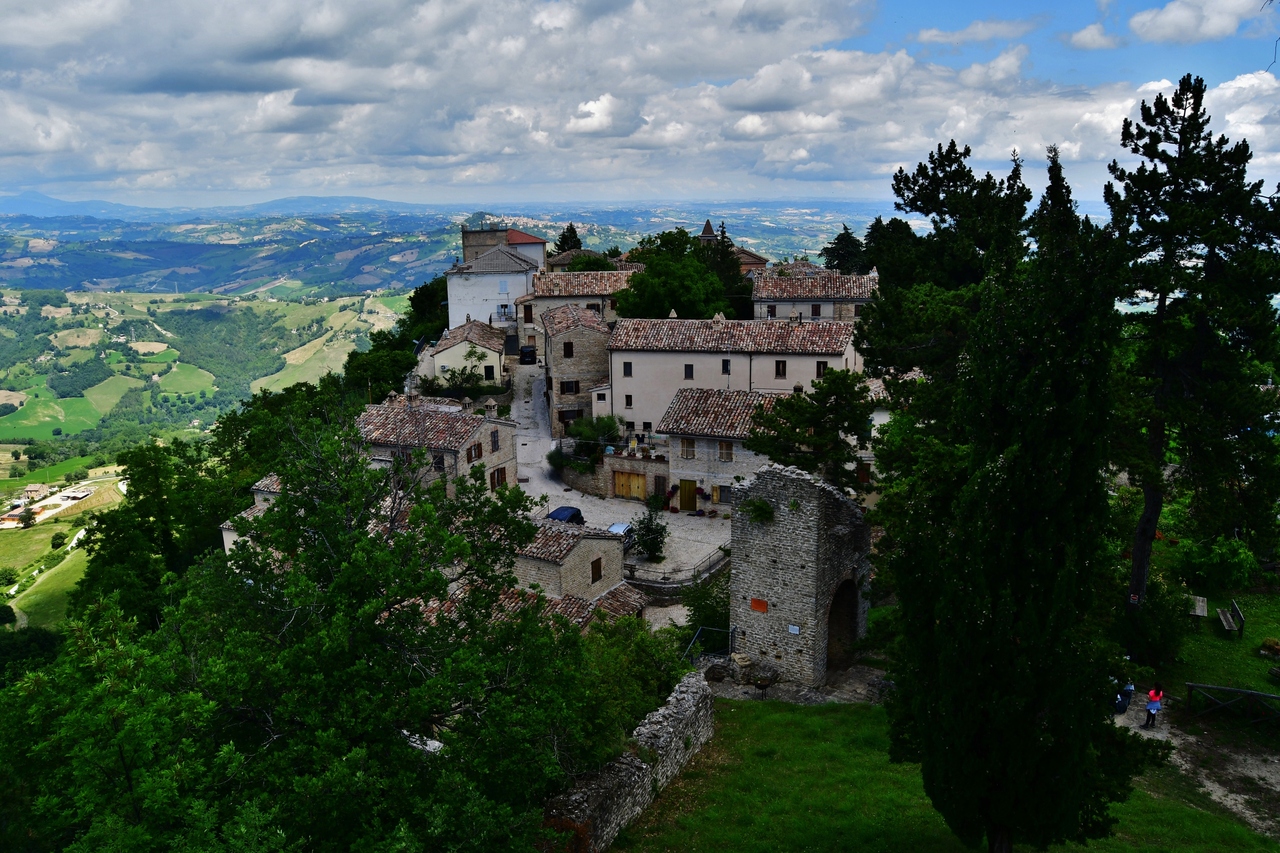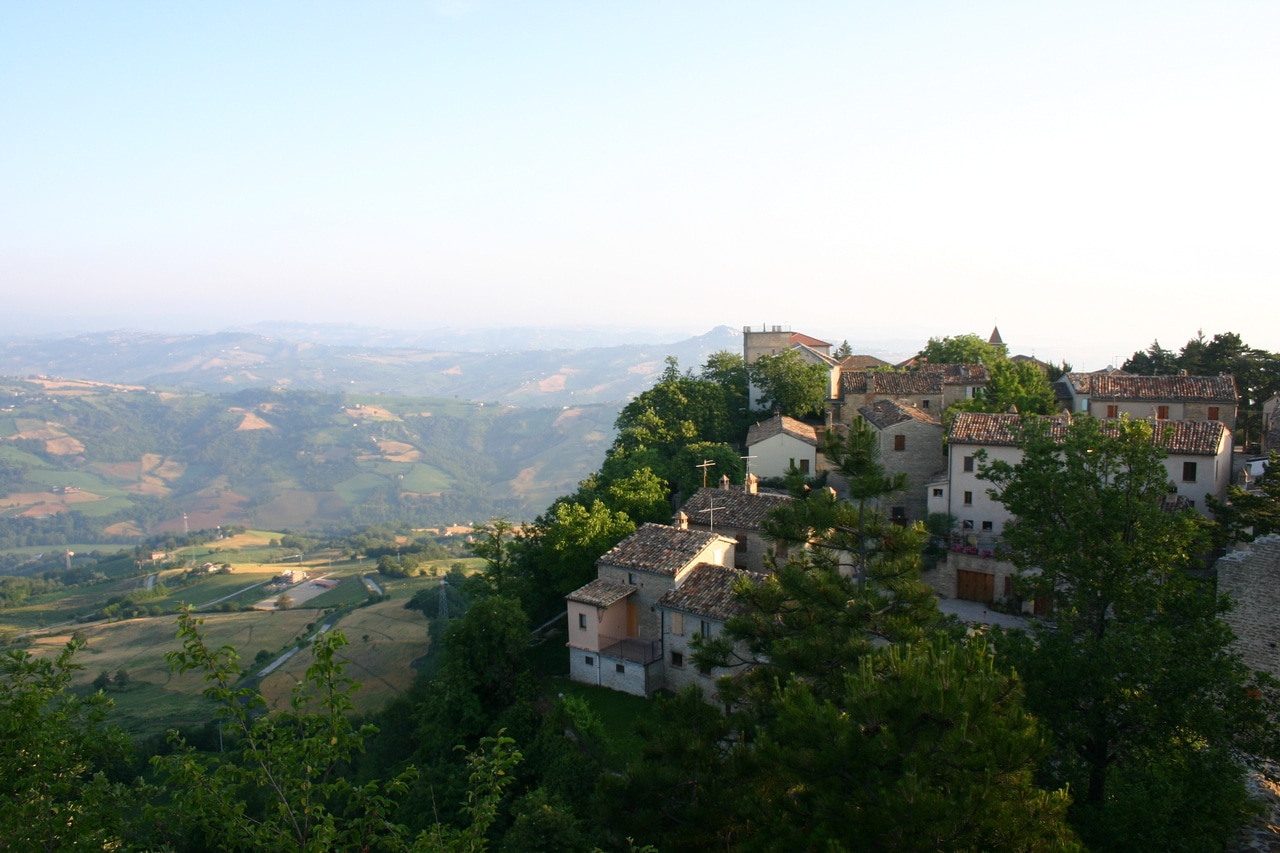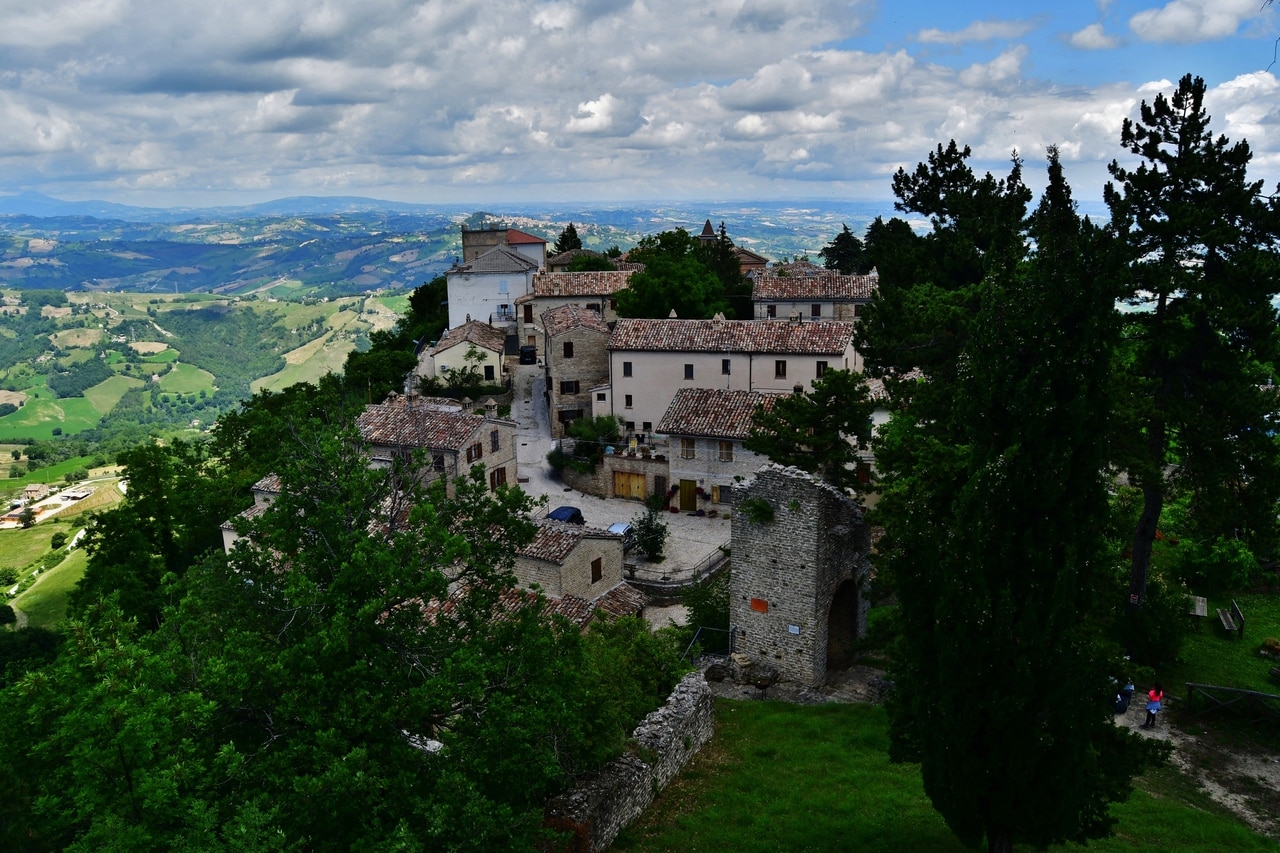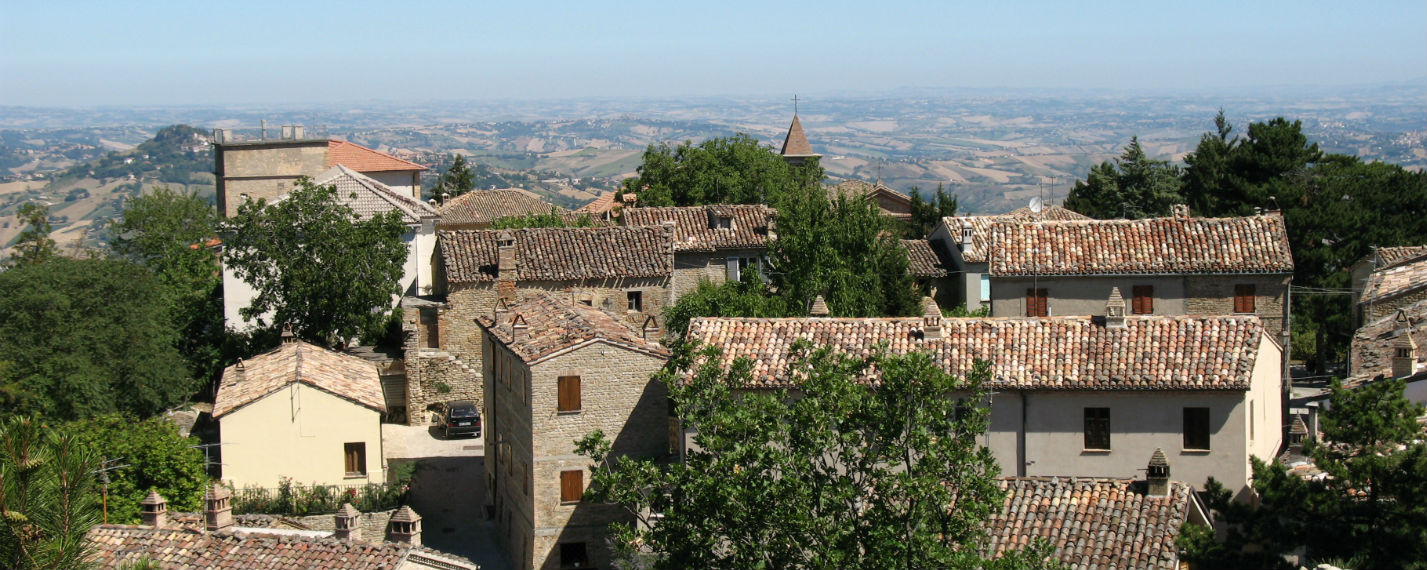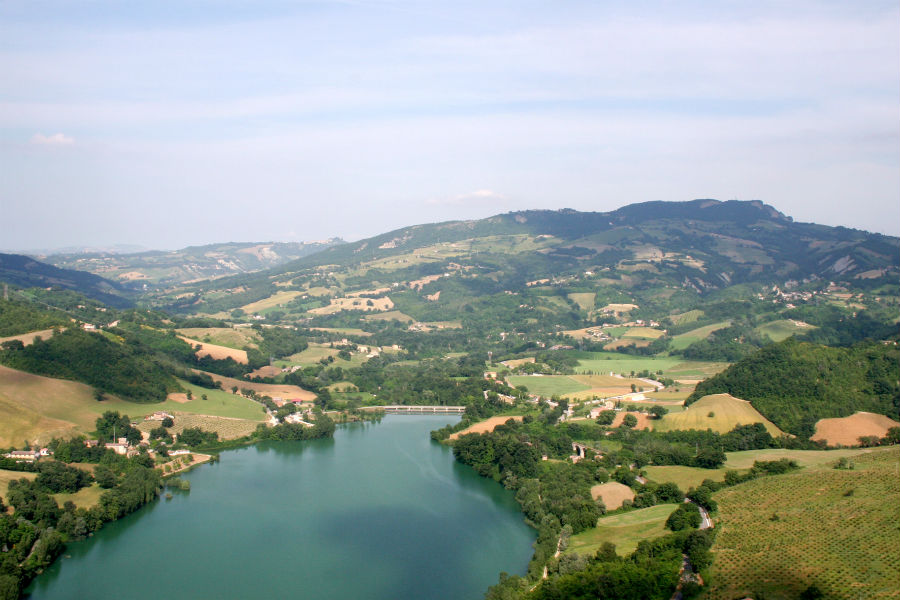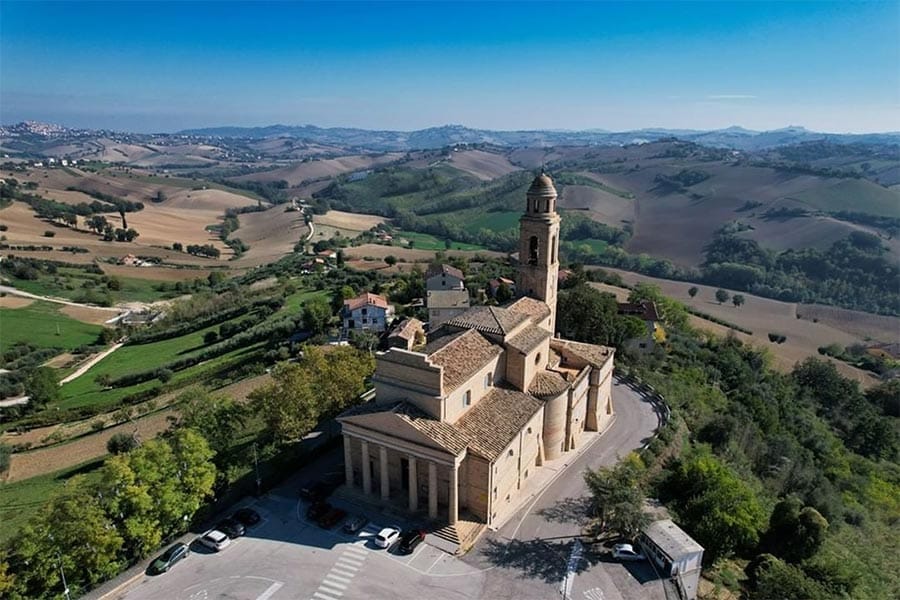The popular memory of the elderly recalls the discovery in the same woods of gold coins, probably of Roman Republican or imperial age. At the time of the early Middle Ages the earliest records of the construction of the Castrum Smerilli date back to 1192. The name of the came Albertus de Smerillo appeared in 1192. In 1299 the history of Castrum Smerilli inevitably binds with the fate of the Municipality of Fermo. From the 13th century to the 14th century Smerillo lived a discreet period of tranquility and peace.
The Castrum Smerilli divided into two residential areas such as the cassero, fortified structure and the village. The first city wall was built only in 1300 along the slopes of the mountain and expanded over the centuries. In 1409 the castle was invaded by the militia of the Count of Carrara of the Kingdom of Naples, destroying part of the castle, so that the community of Smerillese not helped by the City of Fermo submitted to the Lord of Camerino Rodolfo. During the Restoration, in 1815, Smerillo passed under the control of the Church until the Unity of Italy and returned to be definitively autonomous in 1919.
Of particular interest is the natural environment surrounding the village. There are numerous marked trails in the woods, through which you can discover rocky walls, evocative views and rich vegetation. Singular is the "Fessa", a rift in the sandstone rock rich in Pliocene fossils, a destination for tourists and paleontology scholars. Smerillo is home to the CEA Bosco di Smerillo, which offers various activities and whose headquarters is the Museum of Natural Sciences, which also houses the Museum of Contemporary Art and one dedicated to the Children's Art.
The fortified village of Smerillo is worth a visit for the frescoes in the Romanesque church of Santa Caterina (XIII century), the remains of the castle walls and the medieval fortress of the ancient Castrum Smerilli, the Parish Church of Saints Peter and Paul, as well as the mill at 1700 on the river Tenna, located in the Val di Tenna area. From the village of Durano you can reach the "Fosso delle Anguille", characterized by a suggestive succession of small lakes and small waterfalls. Finally, in San Martino al Faggio there is the church of San Vincenzo Ferreri, where you can go in the rare "depressed" beech forest between the Rebuscano stream and the sulphurous water springs.


